Pitaya Plant Propagation: Growing A New Dragon Fruit Plant
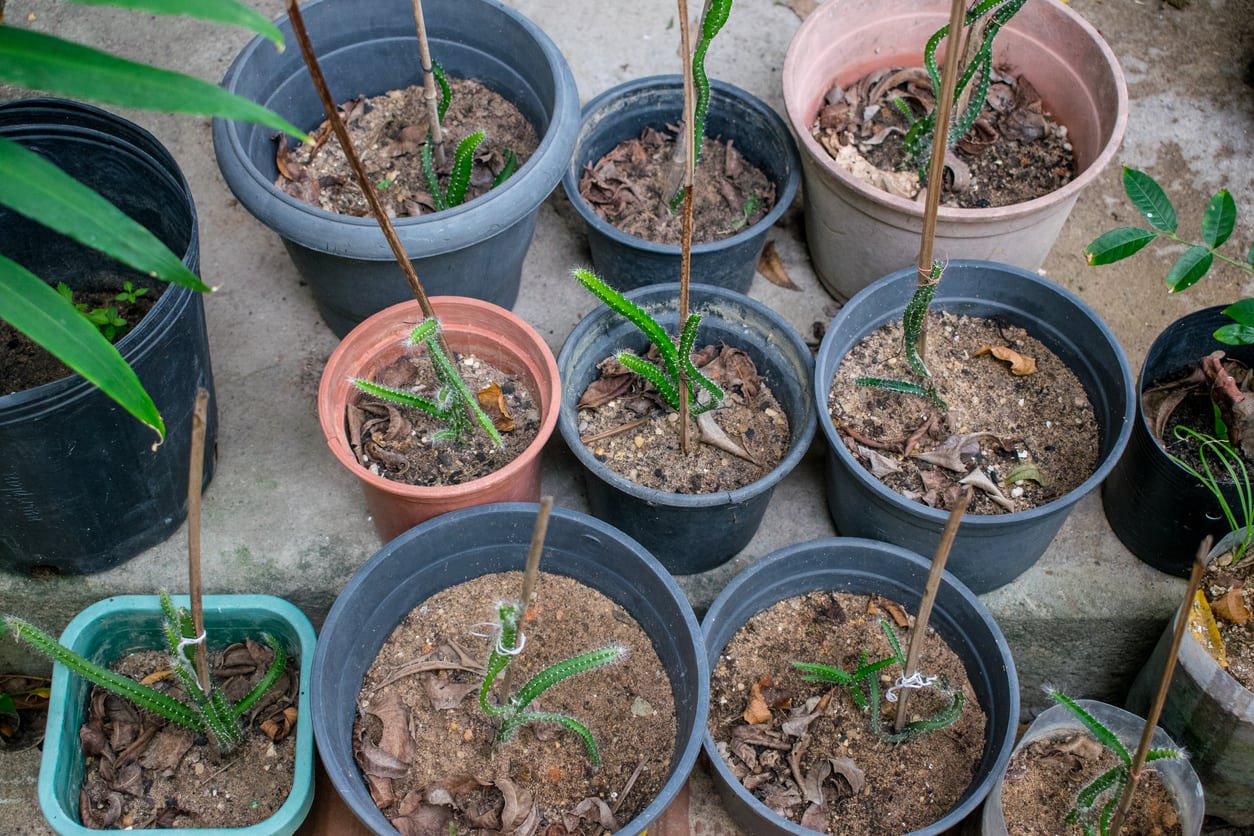
If you’re looking for an absolutely unique and beautiful fruit to grow, try propagating a dragon fruit. Dragon fruit, or pitaya (Hylocereus undatus), is the name of both the cactus and the fruit it bears. Native to Central America, pitaya plant propagation also occurs throughout the tropical and subtropical regions of China, Israel, Vietnam, Malaysia, Thailand, and Nicaragua. Interested in growing a new dragon fruit of your own? Read on to find out how to propagate pitaya.
Dragon Fruit Information
Pitaya is commonly referred to as dragon fruit in English and is a reflection of its Chinese name which literally means ‘fire dragon fruit.’ It is also called pitahaya, night-blooming cereus, and strawberry pear, amongst other nomenclatures. Dragon fruit is a perennial, epiphytic climbing cactus that has fleshy, jointed green stems composed of three horny scalloped wings. Depending upon the variety, each wing has one to three short spines. Both the fruit and the flowers are edible, although generally only the fruit is eaten. As the name ‘night blooming cereus’ indicates, pitaya only blooms at night, opening in the evening and lasting until midmorning the next day – just long enough to be pollinated by nocturnal moths. Blossoms are highly aromatic, bell shaped and yellowish green and are around a foot long (31 cm.) and 9 inches (23 cm.) across. The resulting fruit is produced in the summer.
About Dragon Fruit Propagation
Before growing a new dragon fruit plant, it’s important to know a few things about its needs. Dragon fruit is a climbing cactus that will require some type of support to grow up on. Although pitaya is a tropical to subtropical plant and needs heat and sun, it’s better to situate the new plant in a dry area with partial sun. Pitaya doesn’t’ like cold weather and, in fact, can only survive short spurts of freezing temps and frost. If you live in a cooler climate or in an apartment without access to a garden, don’t fret, pitaya plant propagation is still possible. Dragon fruit plants adapt well to container growing, and the beauty of propagating a dragon fruit in a pot is the ability to move it and overwinter the plant indoors.
How to Propagate Pitaya
Dragon fruit propagation occurs either from seed or stem cuttings. Propagation from seed is less reliable and will require patience, as the time from propagation to fruit production may take up to seven years. Propagation is more commonly accomplished via the use of stem cuttings. To propagate stem cuttings, obtain a 6 to 15 inch (15-38 cm.) stem segment. Make a slanted cut at the base of the stem and treat it with a fungicide. Leave the treated stem segment to dry for seven to eight days in a dry, shaded area. After that time, dip the cutting into a root hormone and then plant directly in the garden or in a well-draining soil in a container. Cuttings will grow rapidly and may produce fruit six to nine months from propagation. If you would rather try your luck propagating from seed, cut a dragon fruit in half and scoop out the seeds. Separate the pulp from the seeds in a bucket of water. Place the seeds on a moist paper towel to dry overnight. The next day, fill a tray with well-draining seed starting mix. Sprinkle the seeds onto the surface of the soil and lightly cover them with a sprinkle of medium, just barely covering them. Moisten with a spray bottle and cover with plastic wrap. Keep the soil moist. Germination should occur in 15 to 30 days. When the seeds have germinated, remove the plastic wrap and transplant them to larger pots.
Gardening tips, videos, info and more delivered right to your inbox!
Sign up for the Gardening Know How newsletter today and receive a free copy of our e-book "How to Grow Delicious Tomatoes".

Amy Grant has been gardening for 30 years and writing for 15. A professional chef and caterer, Amy's area of expertise is culinary gardening.
-
 Looking For Plants To Give You The Soft And Fuzzies? Try These 5 Fuzzy Leaf Plant Options
Looking For Plants To Give You The Soft And Fuzzies? Try These 5 Fuzzy Leaf Plant OptionsLovers of texture, drama, silver foliage and tactile plants will adore these special sensory garden additions. These fuzzy leaf plant options will leave you all aglow
By Susan Albert
-
 Get Ready For A Summer Of Hummers! Grow These Full Sun Hummingbird Plants and Flowers
Get Ready For A Summer Of Hummers! Grow These Full Sun Hummingbird Plants and FlowersIf you’re lucky enough to enjoy a sunny backyard, make sure you are maxing out on your pollinator opportunities and grow these full sun hummingbird plants and flowers
By Tonya Barnett
-
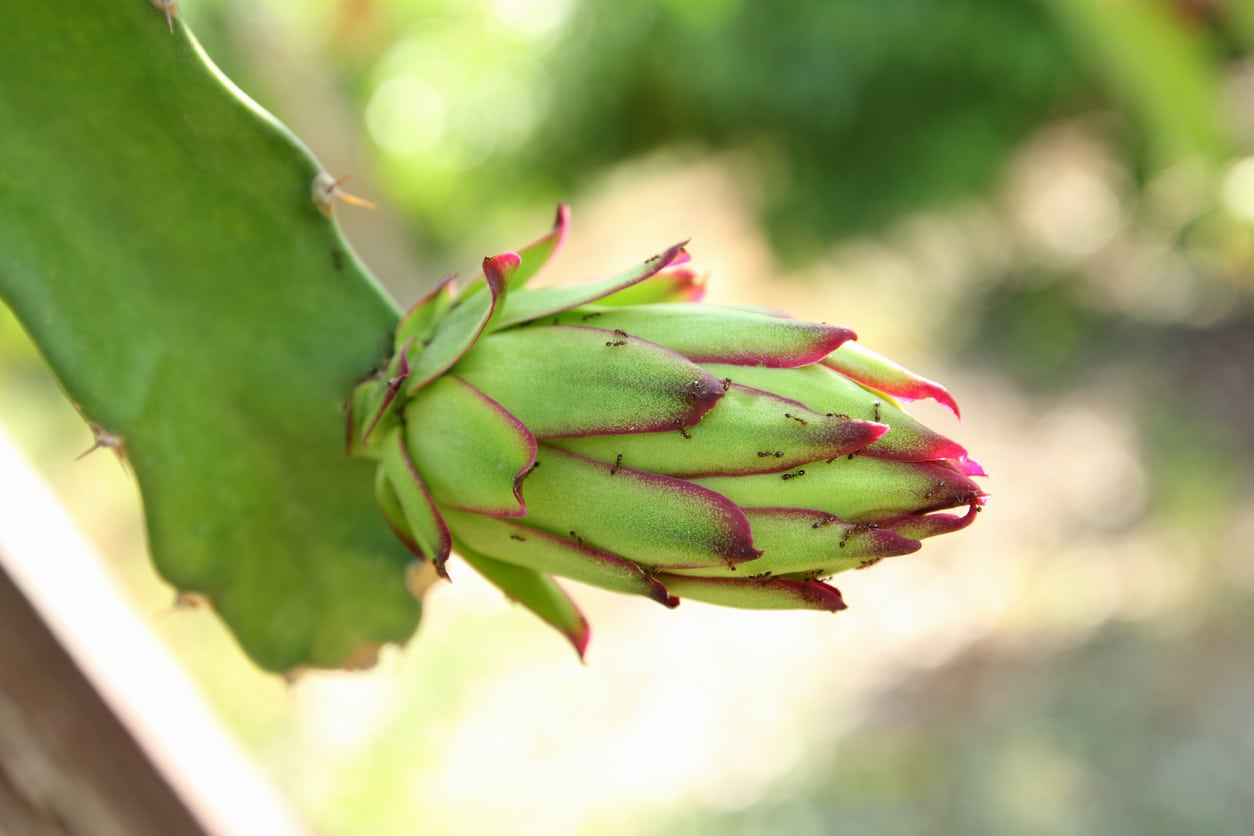 Common Pitaya Problems: Dragon Fruit Pests And Diseases
Common Pitaya Problems: Dragon Fruit Pests And DiseasesPitaya problems may be environmental, or the result of dragon fruit pests and diseases. The following article contains information about pitaya problems and how to identify and manage dragon fruit issues. Click here to learn more.
By Amy Grant
-
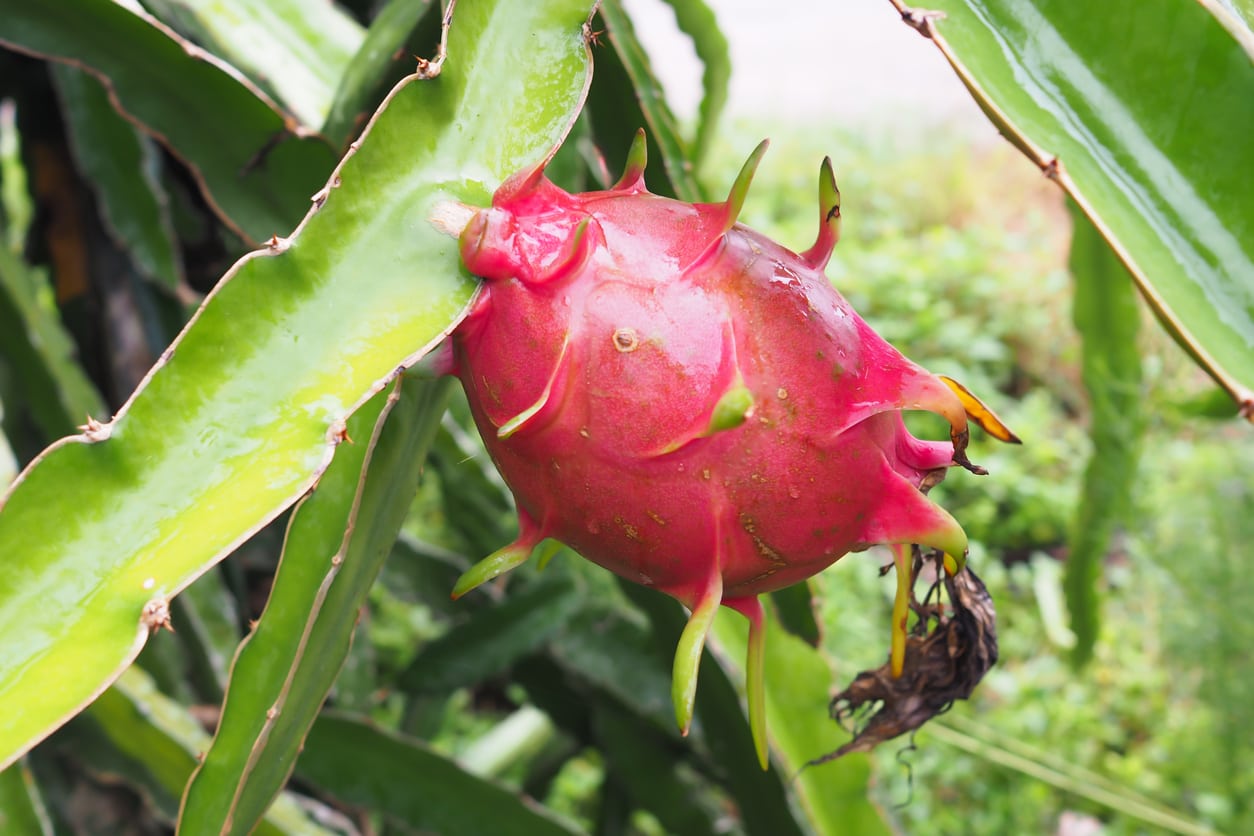 How To Get Dragon Fruit: Reasons For No Fruit On Pitaya Cactus Plants
How To Get Dragon Fruit: Reasons For No Fruit On Pitaya Cactus PlantsDragon fruit is a thoroughly tropical looking fruit you may have seen in the market. This bright pink, scaly fruit comes from a long, winding cactus of the same name. But what do you do if your pitaya won?t fruit? Learn how to make dragon fruit bear fruit in this article.
By Liz Baessler
-
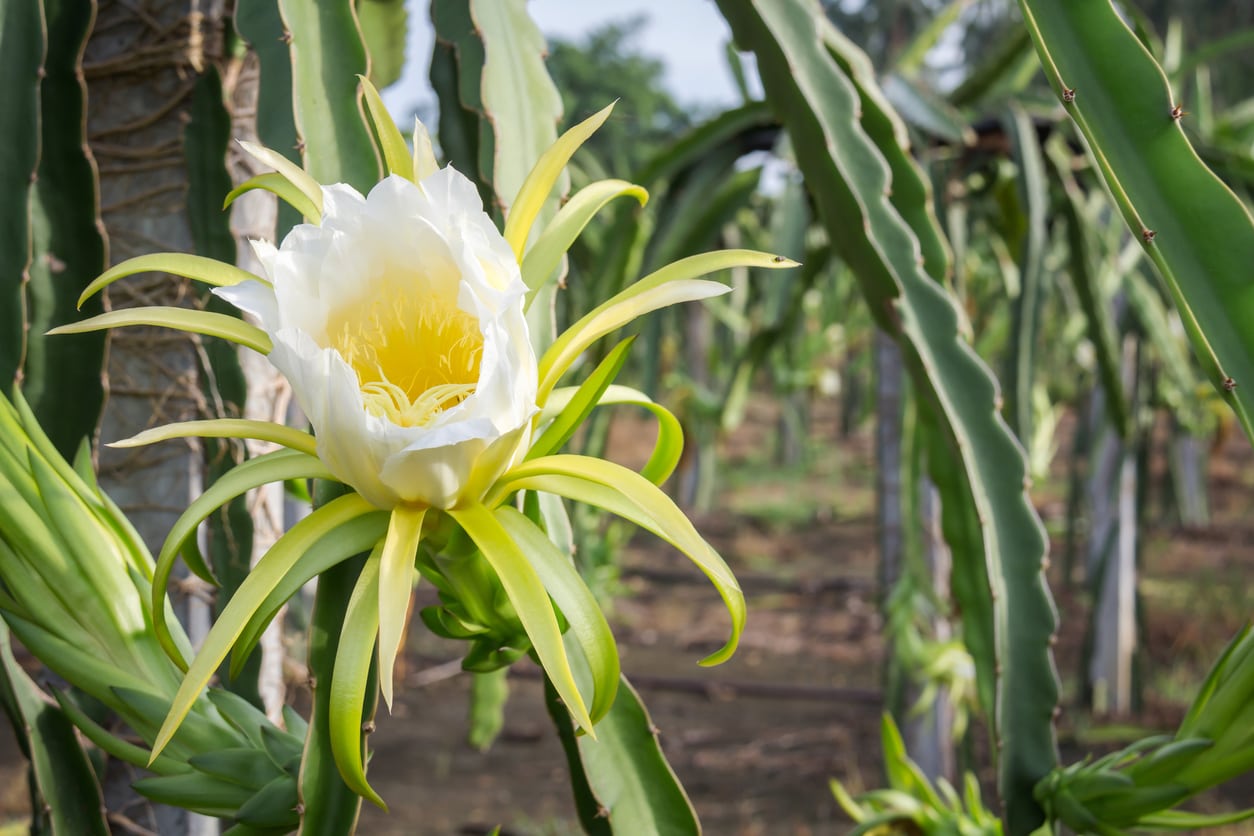 My Pitaya Won’t Bloom: Why Flowers Won’t Form On Pitaya Plants
My Pitaya Won’t Bloom: Why Flowers Won’t Form On Pitaya PlantsDragon fruit cactus, also known as pitaya, is a vining cactus with long, flattened leaves and brilliantly colored fruits that develop after the plant flowers. If there are no flowers on your plant, it may because you?re treating this tropical like a desert cactus. Learn more here.
By Mary H. Dyer
-
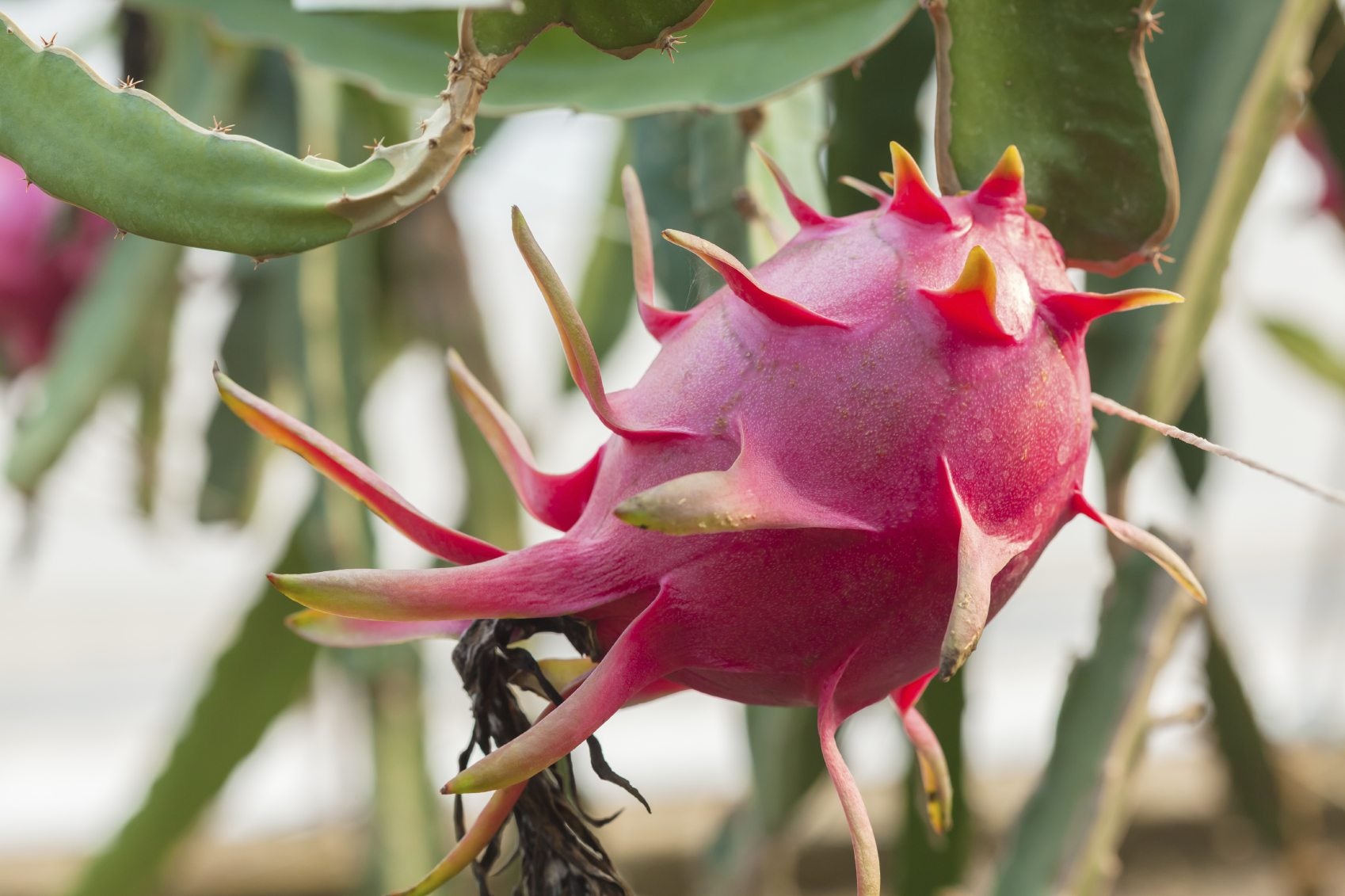 Pitahaya Information: Learn How To Grow Dragon Fruit
Pitahaya Information: Learn How To Grow Dragon FruitIf you want to grow dragon fruit at home, you'll be rewarded not only with fruit, but also with an impressive, branching cactus vine and brilliant, night-blooming flowers. This article provides info on how to grow dragon fruit.
By Liz Baessler